What White Tongue Means for Your Health and How to Treat It Naturally
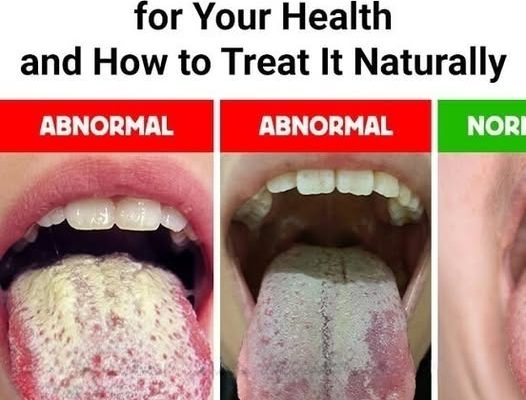
Have you ever looked in the mirror, stuck out your tongue, and noticed it covered in a white film? While it’s easy to brush it off as nothing, a white tongue can reveal important insights about your health. Sometimes it’s harmless, but other times it can point to underlying issues that need attention. In this article, we’ll dive into what a white tongue means, why it happens, and how you can treat it naturally.
What Is White Tongue?
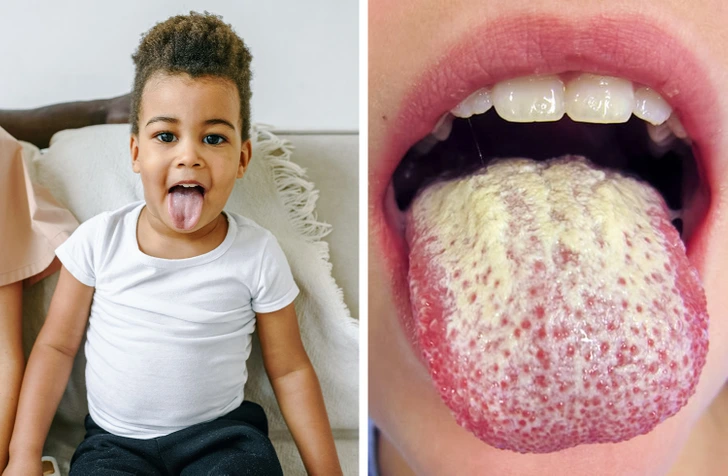
A white tongue appears when a white coating or patches develop on the surface of the tongue. This coating may cover the entire tongue, show up in spots, or even feel like there are tiny white “hairs” on your tongue. These “hairs” are actually inflamed taste buds, which trap food particles, bacteria, and dead cells.
In some cases, a white tongue can come with other symptoms like an unpleasant odor, a dry mouth, or even a bitter taste. While it’s often temporary and harmless, persistent or painful white patches may signal something more serious.
The normal tongue is pink and moist. However, a white, yellow, or even brown coating can tell you something about your health. For instance, a yellow tongue might indicate liver problems, and a red tongue could mean a vitamin B deficiency.
Why Does the Tongue Become White?
The main reason for a white tongue is an accumulation of bacteria, food debris, and dead cells in the grooves of the tongue’s surface. When these elements build up, they create a pale coating that’s hard to miss. But sometimes, it’s not just about what’s sitting on your tongue—it could be the result of an underlying condition.
A few common causes of white tongue include:
- Oral thrush: A fungal infection caused by Candida overgrowth.
- Dehydration: Lack of water can lead to a dry mouth and encourage buildup.
- Poor oral hygiene: Failing to clean your tongue regularly can result in white plaque.
- Geographic tongue: A harmless condition where parts of the tongue lose their normal coating, creating a map-like pattern.
- Smoking: Tobacco products can irritate the tongue and contribute to discoloration.
- Medications: Antibiotics and corticosteroids can disrupt the balance of good bacteria in the mouth.
Other factors that can increase the likelihood of white tongue include age, a weak immune system, poor diet, and dental prosthetics like poorly fitted dentures.
Tongue Thrush: A Common Cause of White Tongue
One of the most frequent causes of a white tongue is oral thrush, also known as candidiasis. This fungal infection is caused by an overgrowth of Candida, a type of yeast that naturally exists in the mouth.
Tongue thrush often appears as creamy white lesions on the tongue, gums, or inner cheeks. It may also come with redness, soreness, and even difficulty swallowing. People with weakened immune systems, diabetes, or those taking antibiotics are at a higher risk of developing oral thrush.
The good news? Tongue thrush is treatable with antifungal medications. Keeping your mouth clean and limiting sugary foods can also prevent its recurrence.
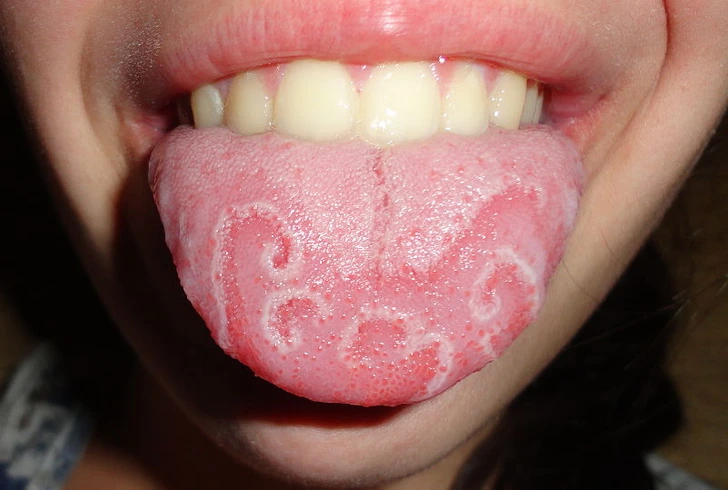
What Piercings Have to Do with White Tongue
If you recently got a tongue piercing, don’t be alarmed if you notice a white coating around the area. This happens because piercings increase the bacteria in your mouth, which is completely normal during the healing process.
Antibacterial mouthwash can help keep your piercing clean and minimize the white coating. Additionally, avoid spicy or acidic foods during the healing phase to prevent irritation.
If the white coating persists beyond two weeks or is accompanied by pain or swelling, it’s best to consult a healthcare professional.
How to Get Rid of White Tongue Naturally
Tired of seeing white patches on your tongue? Here’s how you can tackle the issue at home with natural remedies:
- Brush Your Tongue: Use a soft toothbrush to gently brush your tongue during your oral care routine. This helps remove debris and bacteria.
- Try a Tongue Scraper: A tongue scraper is specifically designed to clean the surface of your tongue and reduce buildup.
- Stay Hydrated: Drinking plenty of water can prevent dry mouth and reduce the accumulation of dead cells.
- Use Saltwater Rinse: Rinsing with warm salt water can help cleanse your mouth and kill bacteria.
- Maintain Good Oral Hygiene: Brushing twice a day, flossing, and using fluoride mouthwash can keep your tongue healthy.
- Avoid Irritants: Limit spicy, salty, or acidic foods that might inflame your tongue.
- Eat a Balanced Diet: Include fruits, vegetables, and foods rich in vitamin B12 and iron to support overall oral health.
These steps can help eliminate the white coating and prevent it from coming back. If you’re consistent with your oral care, you’ll likely notice an improvement in just a few days.
When to See a Doctor or Dentist
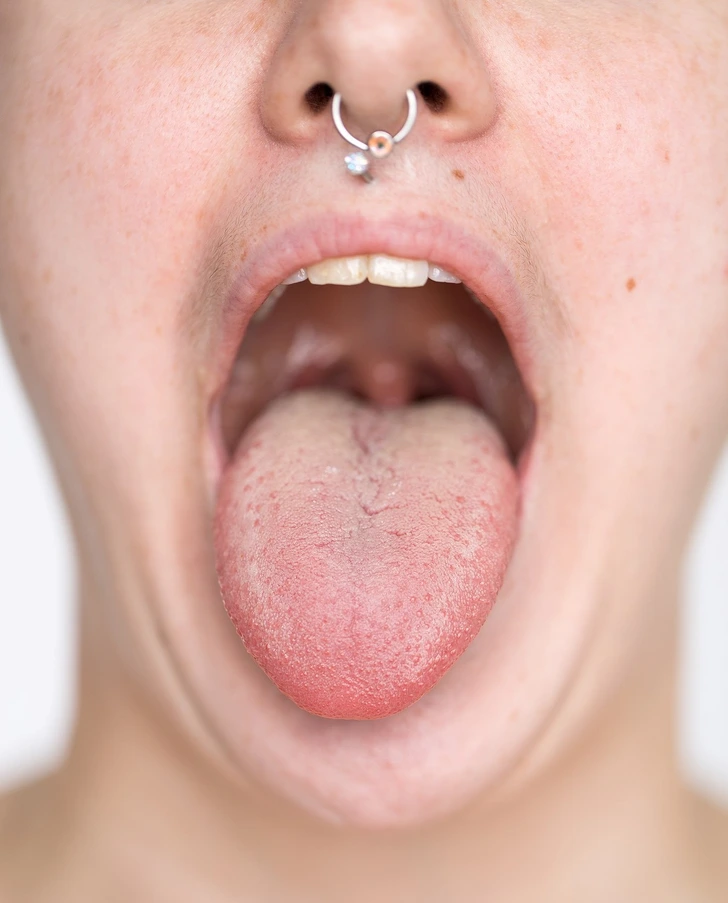
While most cases of white tongue are harmless and temporary, there are situations where you should seek professional advice. Contact your doctor or dentist if:
- The white coating lasts for more than two weeks.
- You experience pain, swelling, or difficulty eating and speaking.
- The white patches are accompanied by red, sore areas.
- You have a weakened immune system or underlying health condition.
A medical professional can determine whether your white tongue is due to a harmless cause or a sign of a more serious condition, like oral cancer or a systemic infection.
The Role of Lifestyle Changes in Preventing White Tongue
Prevention is better than cure, and maintaining a healthy lifestyle can go a long way in keeping your tongue clean and pink. Here are some tips:
- Limit sugary foods and drinks: Sugar feeds harmful bacteria and yeast in the mouth.
- Quit smoking: Tobacco irritates your tongue and encourages bacterial buildup.
- Practice mindfulness eating: Chewing food thoroughly and drinking plenty of water can help remove debris from your tongue.
- Schedule regular dental checkups: Professional cleanings can address any underlying oral health issues.
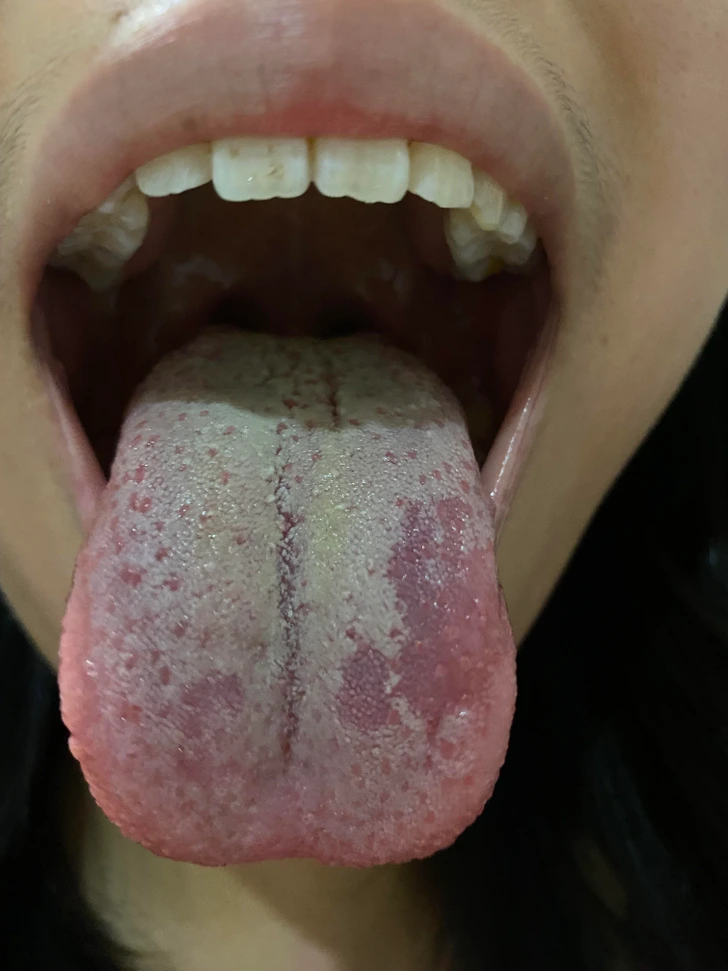
Conclusion
A white tongue might seem like a minor annoyance, but it can sometimes hint at bigger health issues. Whether it’s caused by poor oral hygiene, dehydration, or a fungal infection like oral thrush, understanding the root cause is key to treating it effectively.
The good news is that most cases of white tongue are easily treatable with simple home remedies and better oral care habits. By staying hydrated, brushing your tongue, and eating a balanced diet, you can keep your tongue healthy and free of white patches.
Don’t ignore what your tongue is telling you—it’s often a mirror of your overall health. If the white coating persists, don’t hesitate to seek professional advice. Remember, a healthy tongue is a pink tongue!
Related Posts
HT1. Barbara Eden: The Star Who Captured Our Hearts
January 22, 2025
Turns out there’s a reason
January 22, 2025
My Husband Thought I Was Asleep and Whispered the Truth I Wish I Hadn’t Heard
January 22, 2025
Post navigation
Previous Article15 Women Who Chose to Embrace a Razor-Free Lifestyle Fully
